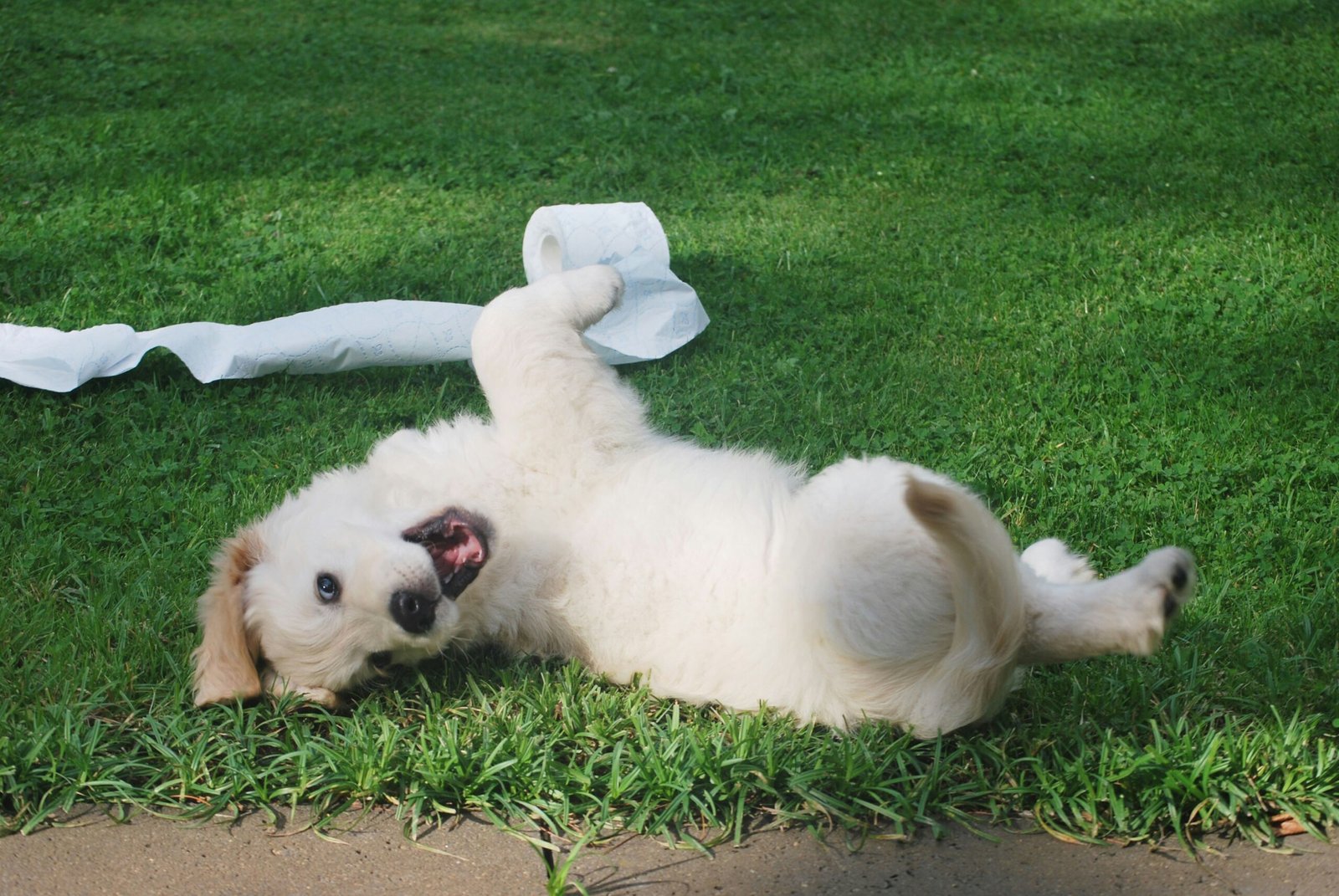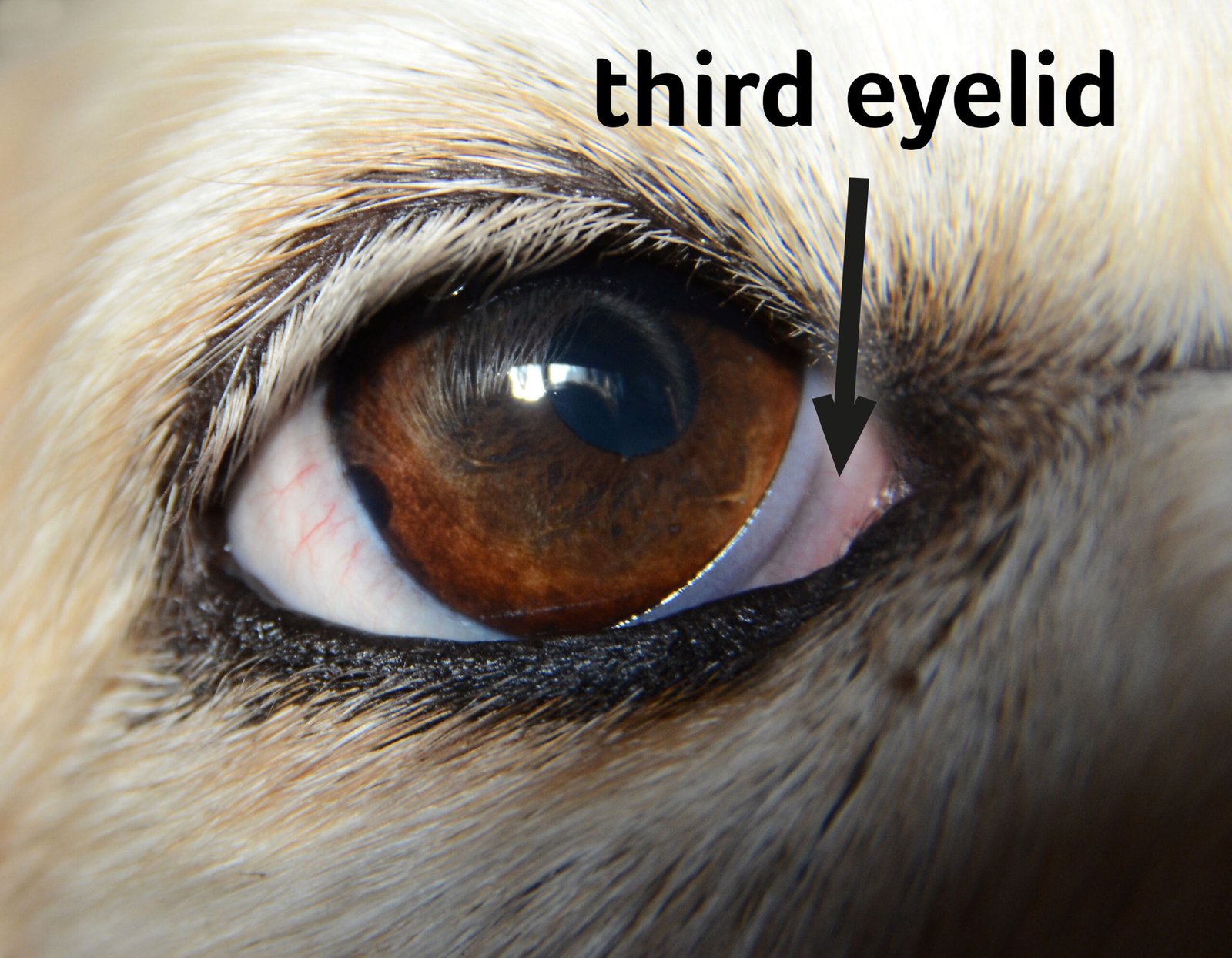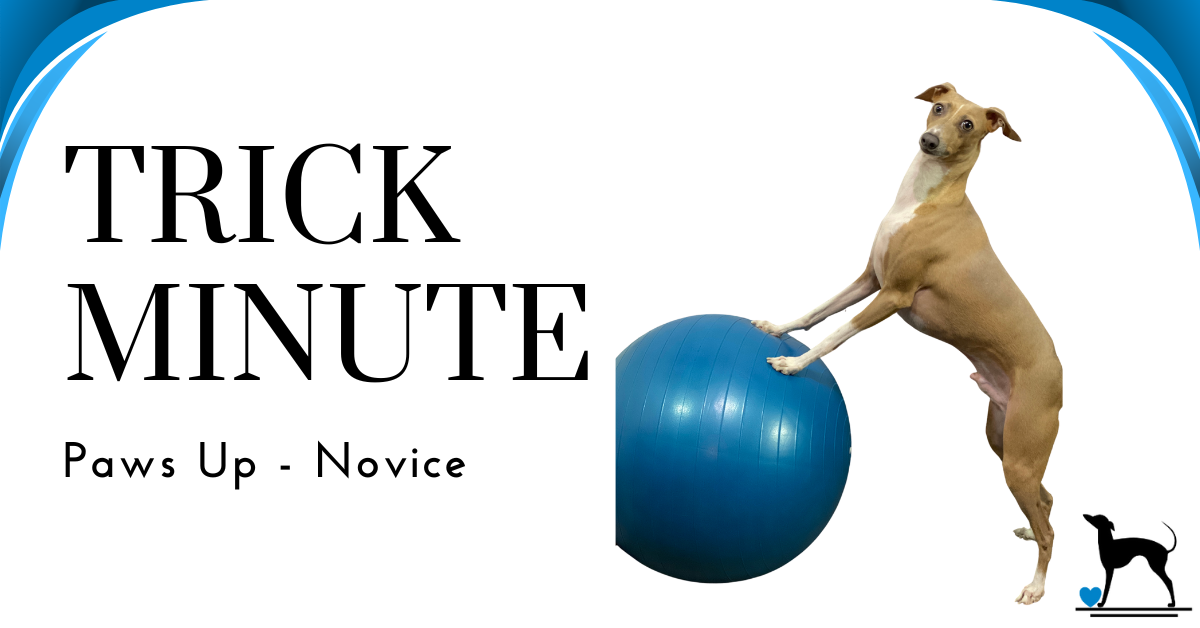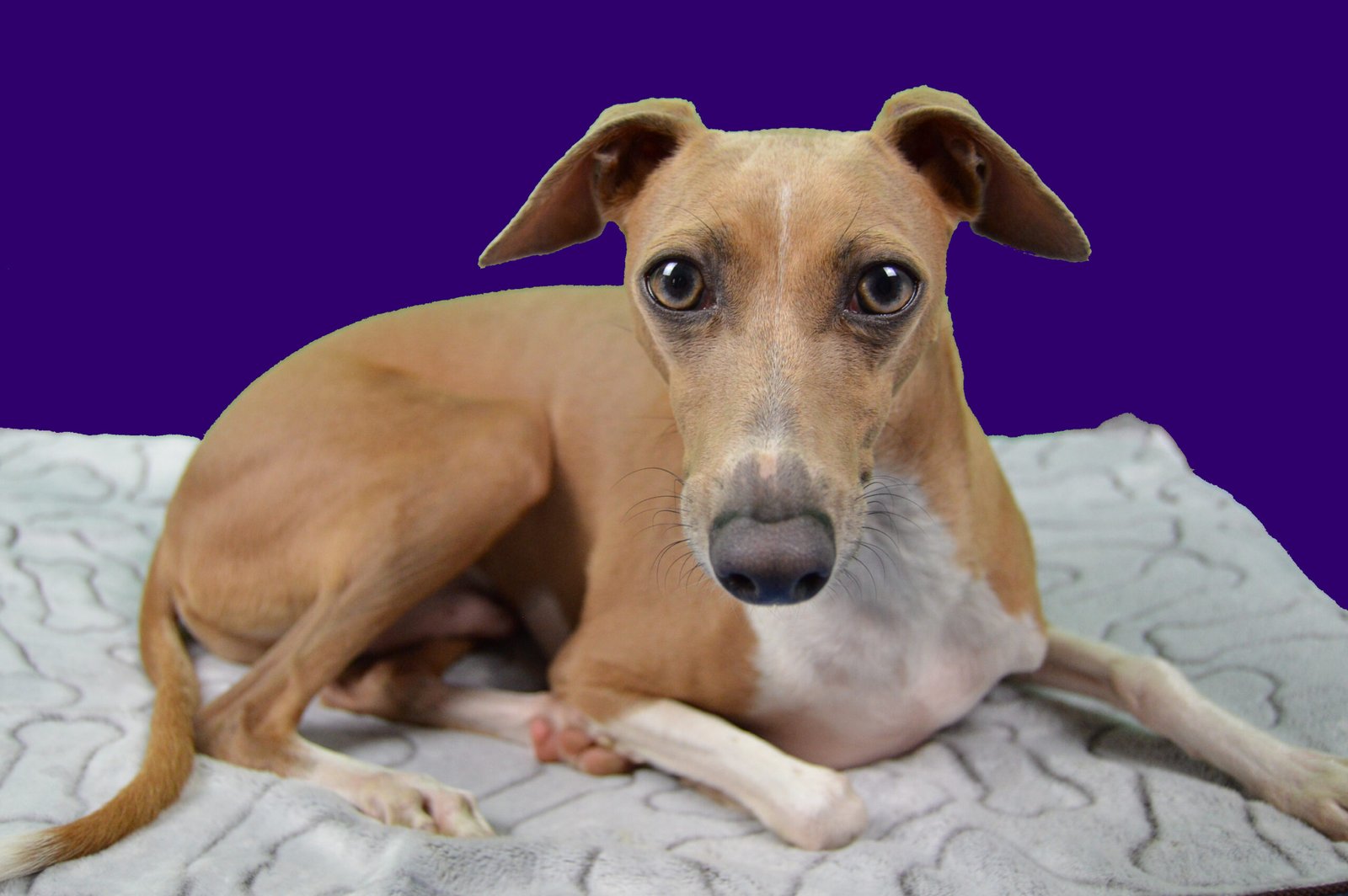Potty Training Your Puppy: A Quick Guide
Potty training is essential for your new puppy, and getting started right away is crucial! Here’s a simple guide to help you navigate this process with ease.
Start Early and Be Prepared
Begin potty training as soon as your puppy arrives home. Expect some accidents—this is perfectly normal! Keep an enzymatic cleaner handy for quick cleanups, especially if you have carpets.

Frequency is Key
Puppies need to go out often, particularly when they’re awake and active. For an 8-week-old puppy, aim for potty breaks every 30–60 minutes. Here’s a handy rule of thumb: a puppy can typically hold it for about 1 hour per month of age, plus an hour. For example, an 8-week-old might hold it for about 3 hours when resting.
Signs Your Puppy Needs to Go
Being attentive to your puppy’s behavior can help you catch their signals before accidents happen. Look for these common signs that they need to potty:
- Sniffing Around: Your puppy may sniff the ground or specific areas where they’ve previously eliminated.
- Circling: They might circle or pace as they search for a spot to go.
- Whining or Barking: Vocalizations can indicate they need to go outside.
- Sudden Change in Behavior: If they become restless or seem anxious, it could be a sign they need a break.
- Going to the Door: Some puppies will instinctively head to the door when they need to potty.
Timing Matters
Pay attention to when your puppy needs to go. Watch for signs after they eat, drink, wake up, or play. Consistent feeding times can help you predict their potty needs.
The Right Approach Outside
When you head outside, keep your puppy on a leash to signal it’s potty time, not playtime. Choose a designated spot in your yard for them to do their business. Praise them enthusiastically when they go—this positive reinforcement helps build the habit!

What If They Don’t Go?
If your puppy doesn’t potty within 5 minutes, take them back inside and supervise them closely. If they show signs of needing to go, try again in about 15 minutes.
Managing Your Puppy’s Environment
Creating a safe space is crucial for successful potty training. Use tools like playpens, baby gates, or crates to limit their freedom when you can’t supervise. Just ensure their space isn’t too large to prevent them from potting far from their sleeping area.
Handling Accidents
Accidents will happen! If you catch your puppy in the act, calmly redirect them outside. If you find an accident later, just clean it up and supervise more closely next time. If accidents are frequent, consider limiting their access to certain areas until they learn.
Build a Routine
Consistency is vital for your puppy’s success. Stick to a schedule for potty breaks, use the same door to go outside, and take them to the same potty spot. Eventually, your puppy may learn to go to the door when they need to go out—praise them for this behavior!
Final Tip: Consider a Potty Bell
As your puppy becomes more accustomed to going outside, think about introducing a potty bell. This allows them to signal when they need to go out, making communication easier!your puppy may even start going to the door when they need to go out. If they do, praise them immediately and take them outside. Later on, you can introduce a potty bell to give your puppy an easy way to let you know when it’s time to go!




Leave a Reply